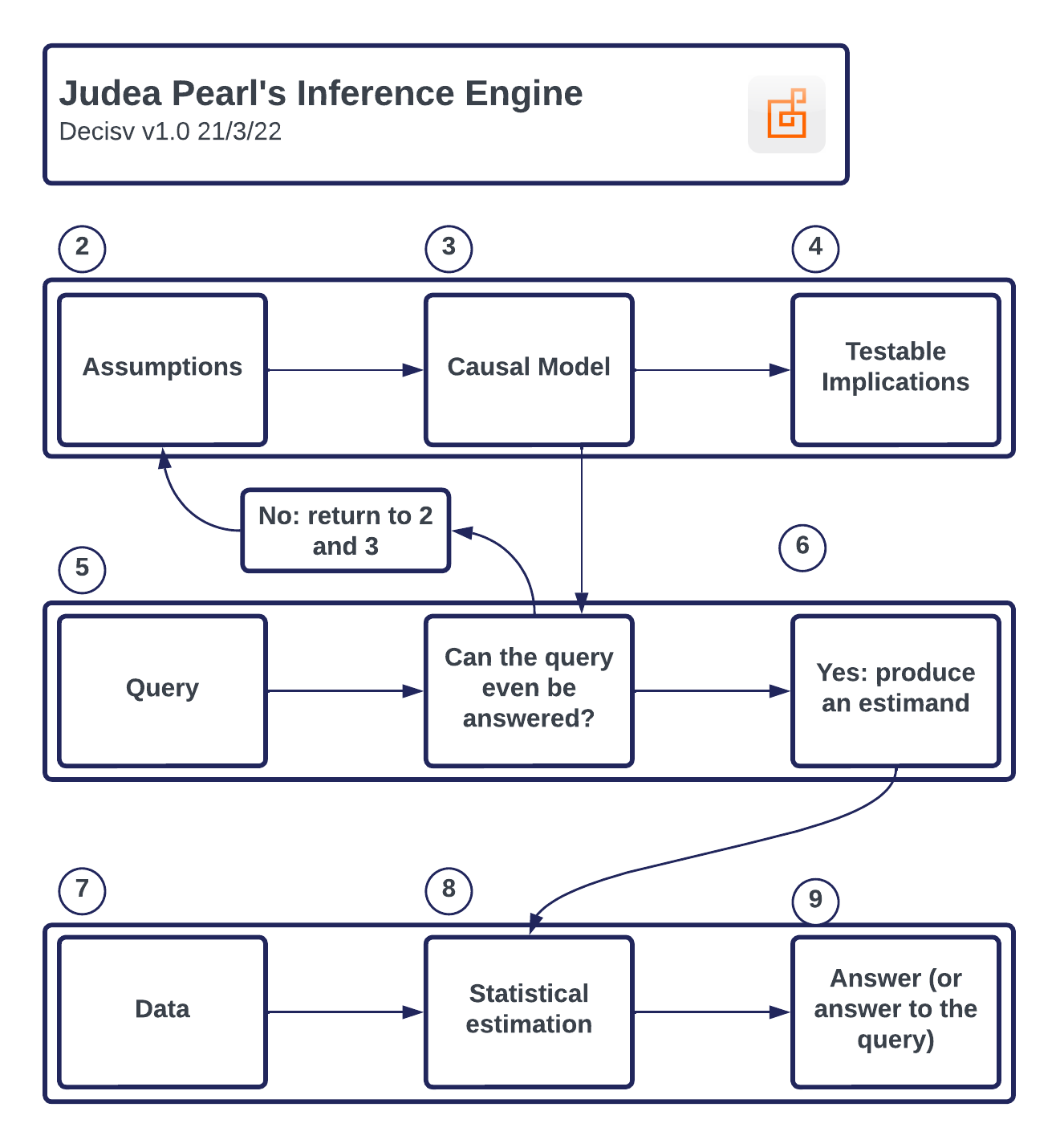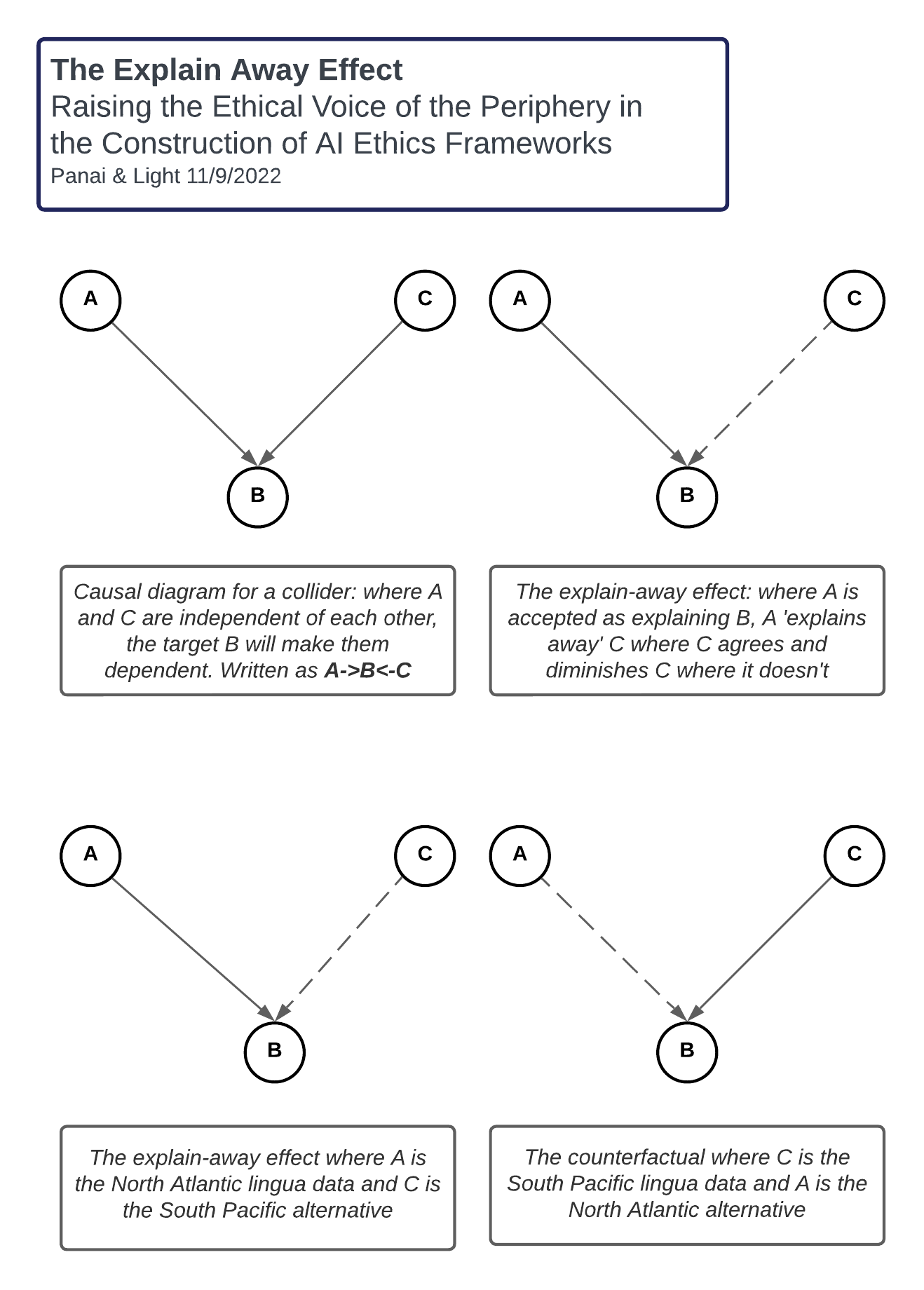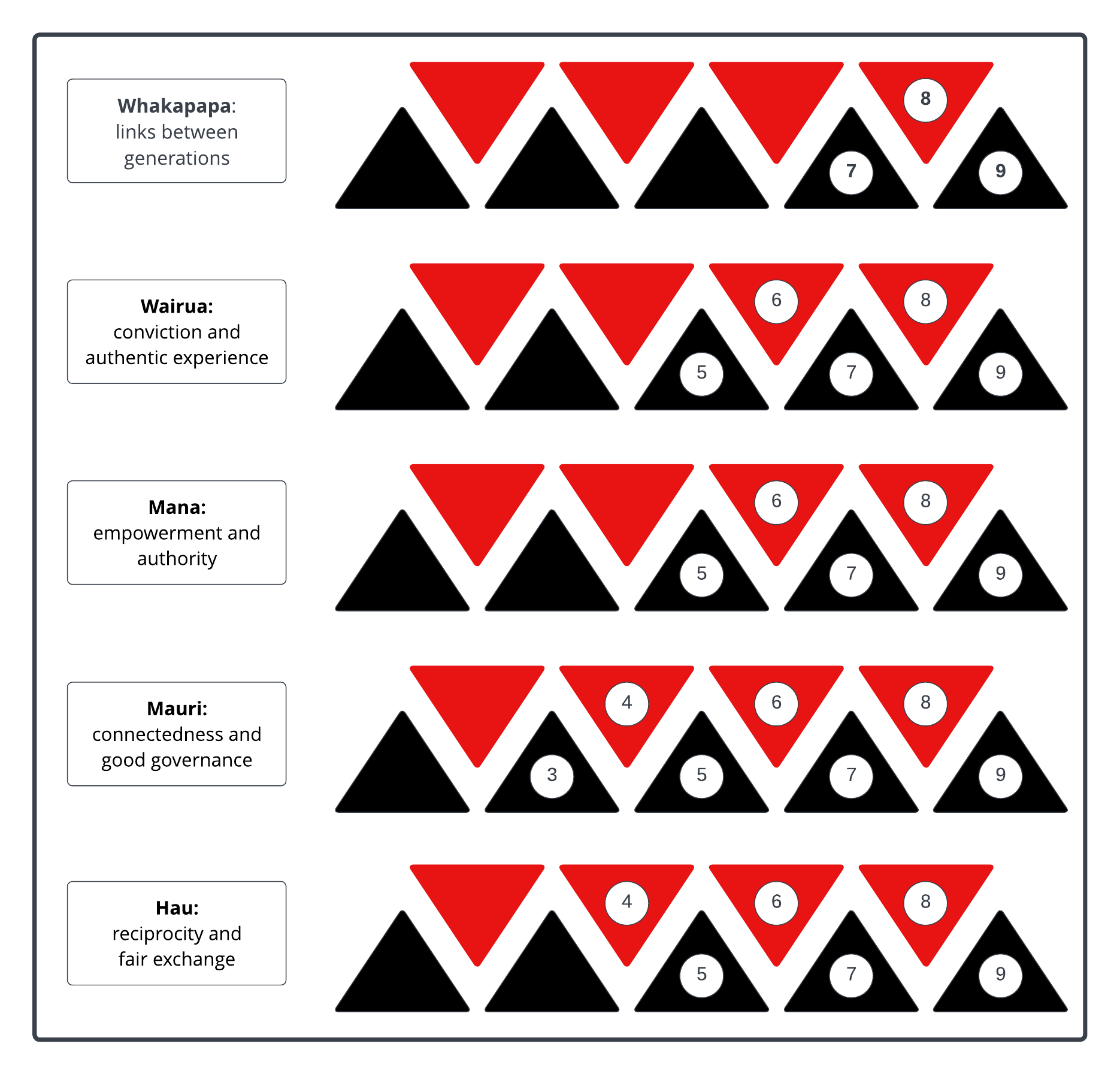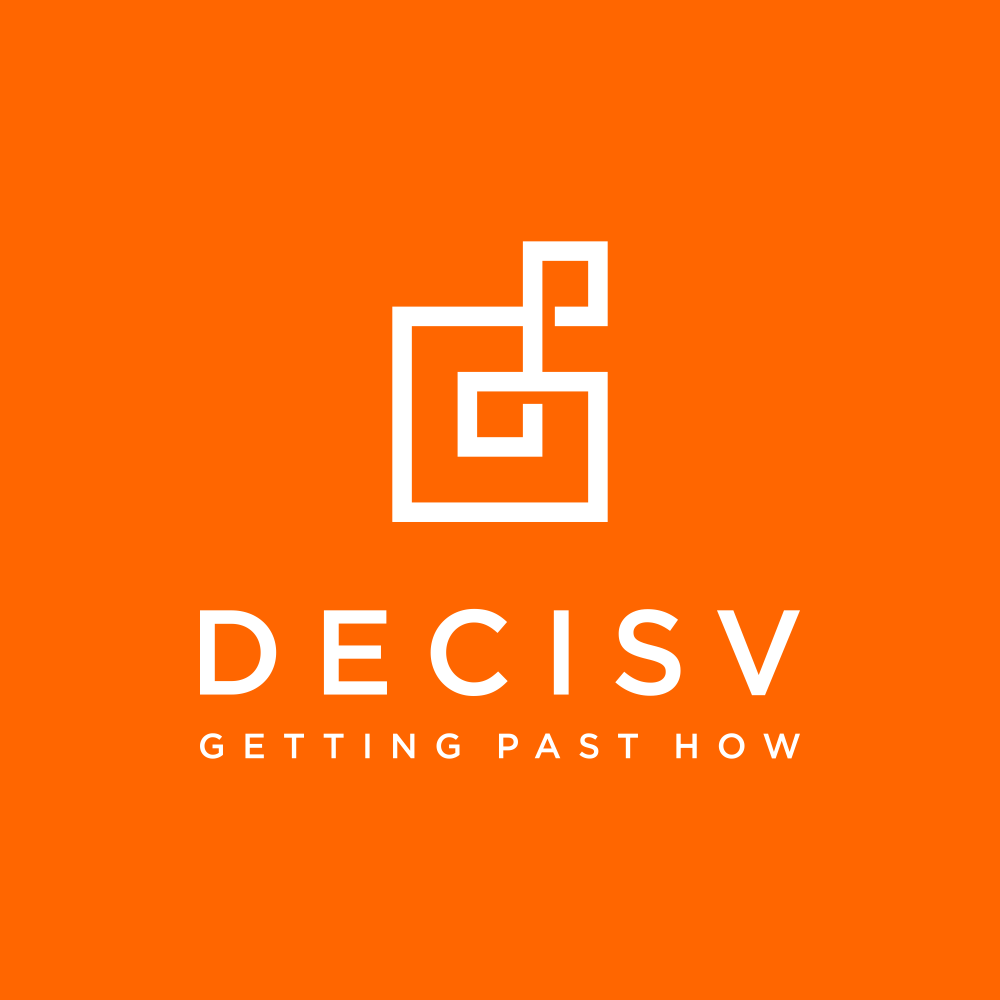The next set of priors

Next week I commence a role with some important accountability associations. It is a significant enough step change to necessitate an updated statement of priors. 'Priors' are the set of probabilities necessary to kickstart Bayesian techniques in work processes. They permit navigation from a known point and a genuine marker for direction, distance and performance. This blog is where I set my priors: it's only by making things public that an appeal to truth be properly underwritten.
I've been leveraging the techniques of the social lab, whereby the workbench is actually the environment. When working under the conditions of a social lab, observations are controlled, probabilities expressed correctly, and risk is a reduction in uncertainty and described by a causal diagram. Everything gets dated so effective backcasting can be done, where backcasting with actuals relative to then-unknown expectations is a means of staying calibrated.
Calibration is a benchmark associated to an underlying truth set. Humans have some common calibration problems, and some humans turn out to be reliably well calibrated while others are the opposite, which is what we'd expect to see from any distribution. Getting calibrated helps a person understand how to use what they do know to assess what they don't: some professions (weather forecasters, actuaries and public servants) tend to be strongly well-calibrated, assuming sufficient experience.
My strategy from 2016 was to focus on how to assure data output quality from management discipline in data handling: similar to any production line, quality can be gated in via business processes. The notion of 'data of known quality' should be costed into data assets.
Below is the quality management system I've been using, Judea Pearl's work which captures all the important sub-systems and stages that are involved in adding to the body of normal science, which should be the overall goal. I've been running a lab for about a year on number three (causal model), after working out how to align to Luciano Floridi's body of work, which I consider to be the gold standard in the data governance field, taking the definition of the Royal Society/British Academy. Note how late the data comes in the table below.

I've been working with cross-cultural techniques since 2017, when I came across the human rights approach to data and was taught the notion of data as a constantly refreshed pool of water. The notion of Te Puna Raraunga is that there is a pool of data that is being constantly refreshed and contributed to. This was in context to hei kōkiri i ngā Tika Tangata | to champion, promote, advocate and lead human rights.
I grew up on a farm: ko Waiāwangawanga te awa, ko Pukeamoamo te maunga. For overseas colleagues this means the river Waiāwangawanga aka Waingawa is very important to me, as is the mountain Pukeamoamo aka Mitre Peak. This means flowing water is something I understand in my bones, so extending the data lake/data swamp chain of metaphors was important to me. I grew up in the time before the invasion of our rivers by Didymosphenia geminata: I remember when water was clean.
I also was born in a non-digital world and have seen every stage of socio-technological advancement first hand. I delivered mail by hand before mail became digitised as email: so I remember the time of business communications before the various behaviours associated to email changed our expectations as to business communications. Watching this change is one reason I got into business process management.
I know that much of what we do is cultural and that culture can be established and maintained by commonly accepted processes. We can see this when going to a firm with a different quality approach to meetings: the climb/drop can be jarring. Figuring out how to model different possible paths given different cultural starting points has been a lot of gruelling fun (fun, but still gruelling). The thinking begun in 2017 took shape in 2020 as the (yet unpublished) paper Raising the Ethical Voice of the Periphery in the Construction of AI Ethics Frameworks. Building the models necessitated new visual grammar and vocabulary, one of the panels is below.
One of the three causal junction is the collider (top left) and the collider is directly associated to the explain-away effect (top right), which is why so many people don't feel genuinely listened to. Where the explaining away agent is producing what we theorised as the 'lingua data', it is unlikely that the explained away agent can challenge the system of record. Thus, people also feel they don't have a voice nor are actually able to do much about things. This is why I've been holding for the last few years that few people actually have agency. My work has been on the lower right: what would things look like if the lingua data was heard in a Polynesian language rather than our current default, which I term Internet American.

My most recent test is below. It follows Chellie Spiller and Monica Stockdale's Managing and Leading from a Maori Perspective: Bringing New Life and Energy to Organisations (2012). The simple dashboard has five dimensions; a scale of achievement for each dimension; achievements scaled as mountains | maunga; focus on the achievements to come; uses traditional Māori colour and ladder techniques; enables positive/negative space; and shows at-a-glance what is doing well and what needs support.

These are main prime movers I think I'll be using over the next couple of years:
- The risk management body of work of Sam Savage, Douglas Hubbard, Nassim Taleb and others
- The causal modelling body of work led by Judea Pearl
- The set of mathematical and statistical techniques of Robert L Winkler, Howard Wainer and others
- The decision making and rationality body of work of Keith Stanovich, Daniel Levitin, David Robert Grimes and others
- The temporal and quantum physical body of work of Carlo Rovelli and César Hidalgo
I've been looking for good data governance practices common across verticals, use cases and professional domains. I've found enough to be optimistic as to the coming phase and I anticipate more to come from continued practice of the above. I anticipate additional bodies of work coming in and my own practices changing as a result.
When I was managing hospitality operations, with teams of up to 30 people, from before dawn to after dusk, serving hundreds upon hundreds of people I knew I needed a leadership mantra. In the end I settled for an observation from the Huainanzi | the Tao of Politics:
The art of human leadership is to manage affairs without contrivance and instruct without speaking; to be pure and calm, unmoving, unshakably consistent, delegating matters to subordinates according to custom, so that duties are accomplished without strain

